
I help gardeners grow
& beginners blossom.
No seed left behind,
no soil unturned.
Together we can have lots of fun growing
great gardens using simple practical tips.
- Featured in -





Start saving & storing your garden seeds for a more more sustainable future
SIGN UP to get the FREE Seed packet PDF
X CLOSE
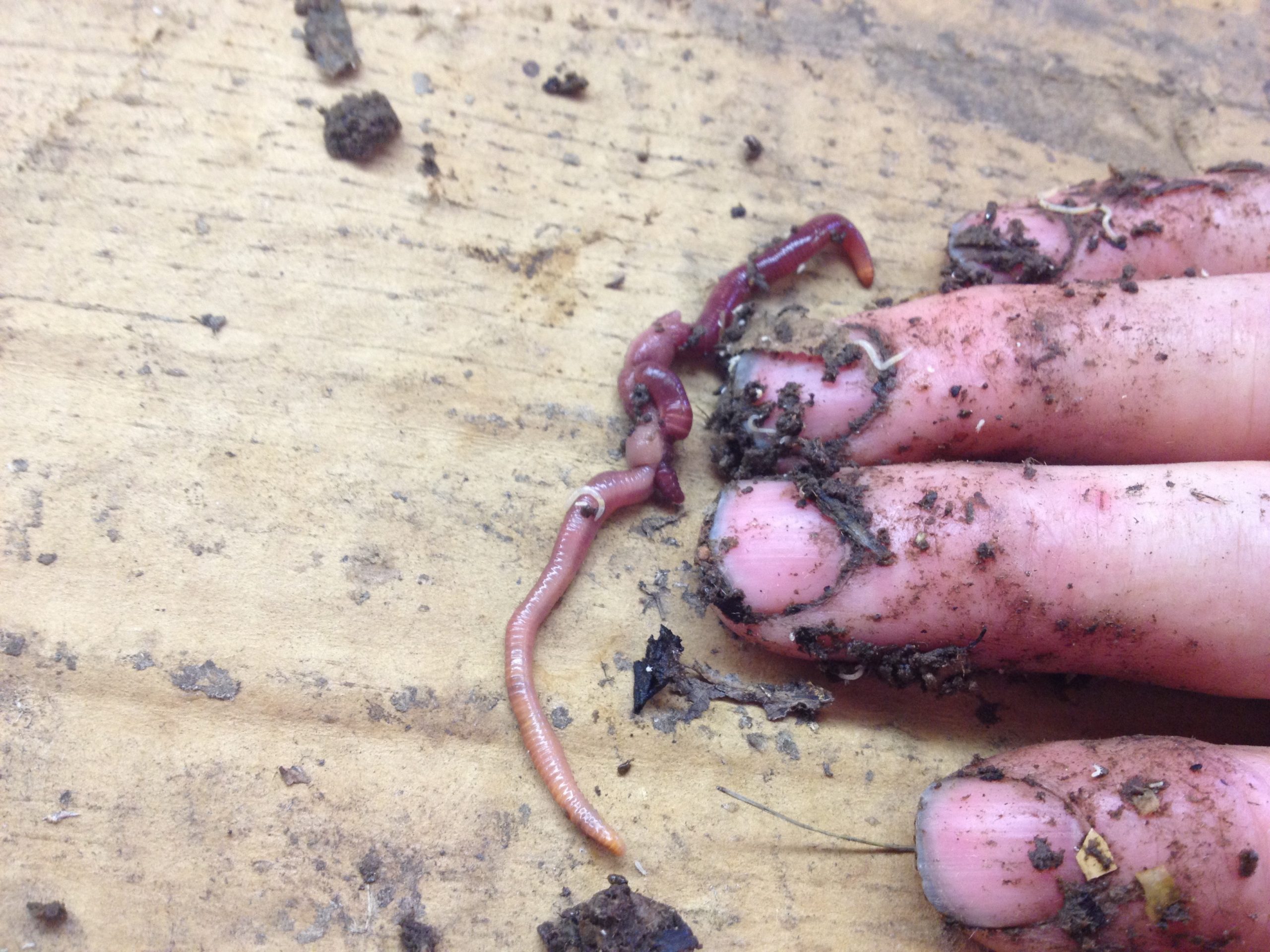
Runaway Worms : why are my worms leaving home?
I saw them immediately, hard and dry on the cement floor of my basement. They were in the shape of worms; slim, red, and bent in all the right ways as if in motion, but they appeared frozen, lifeless.
I was shocked. I had heard of this sort of thing happening, but had never in my fours years of raising composting worms, actually witnessed it first hand.
My worms had plotted their escape, and had begun their freedom-seeking adventure, only to dry out, their slime limited in its ability to propel, only a few feet from their home.

My heart broke. I had been pampering my red wigglers and was so pleased with their ability to multiply extensively, eat their own weight in food each day in any season, and compost my kid’s’ leftovers from dinner, easing my guilt over food waste.
I picked one up, the one who was the farthest from its apparently inhabitable home, feeling impressed with its prowess. It had hardened, and was seemingly flatter than the living version of itself. Dehydrated like a banana chip, and not nearly as charming, or useful, as it had once been.
So I put it back in its bin, knowing its hermaphroditic relatives would take care of the carcass. One point of interest I couldn’t help but pause to consider, was the fact that all of the worms who managed to escape that day were headed west.
This discovery may perplex me until the day I die; the thought that worms go west to die, or perhaps it was to seek new and better living conditions. Whatever the reason for its abrupt departure, it was heading west, as were all of its buddies.
Before this tragedy occurred, I had been researching worm diets on-line. I had always just fed them whatever I had leftover from our meals; banana peels, eggshells, moldy broccoli, squishy squash no longer appropriate for human consumption.
My goal in recent days, however, was to become the best worm producer in town, so I turned to the internet for advice. Coffee grounds, were suggested as good food for worms, and in fact the “Worm Guy” from the States said he uses coffee grounds to grow the best worms available. He has a giant operation and his worms and customers are happy.
So, I went to Starbucks, the biggest producer of coffee grounds I could think of.
“Is this enough?” asked the extremely cheerful and helpful 16 year old barista as she held up two garbage bag-sized packages of grounds.
“That will do for now.” I said loftily as I tried, unsuccessfully at first, to lift the hefty treasure into my van.
I went home and immediately dumped most of one of my bags of coffee grounds into the “Can-o-Worms” worm bin. In my head, I was anticipating a mating frenzy, and a serious population boost over the next few days, as I set the rest of the grounds to the side, ready for future use.
And then it happened. The very next morning when I leaped down my stairwell to check on my worm’s’ progress, with great expectations, I saw disaster had struck. I was the only witness to this disaster, and my heart sank, as I scanned the wreckage. I became plagued with guilt. I had killed my worms with love [and coffee grounds]!
“They’re all yellow” Adam pointed out, “that means it’s too acidic. What have you been feeding them?”
The coffee grounds! I tried to scoop off what I could, and added some very alkaline crushed eggshells (to counteract the acidity of the grounds) mixed with apple pulp as a treat, to redeem myself as “worm owner extraordinaire.” Then I replenished their bedding with a combination of dampened leaves from the garden and shredded paper rescued from a recycling bin.
The next day, there were no new carcasses on the ground, and peace seemed to have been restored among my humble wriggling basement buddies.
Thanks to some sage advice and the willingness to try again, my worm population has again become the thriving environment it once was. I still add coffee grounds to the mix, but as just a small part of the overall blend, making sure, just like humans, they eat a well rounded diet full of fruits, vegetables, and the occasional coffee to boost their early morning productivity!
Special NOTE: This article was written by Chelsie Anderson, my daughter. Chelsie has a thriving worm business and home garden maintenance company in Calgary Alberta. She sells soil supplements such as worm castings and biochar. This article will also be published in the gardener’s gratitude journal.
What Would Donna Do?
Get my growing and gardening tips and pointers throughout the season.





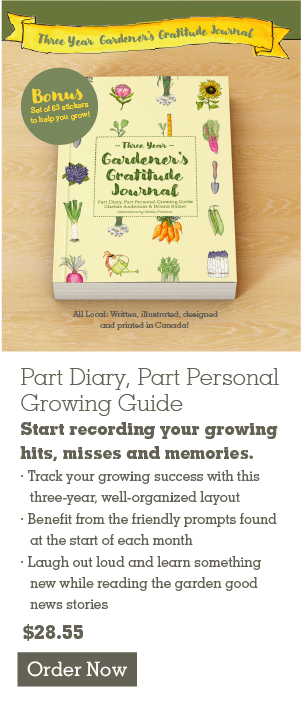





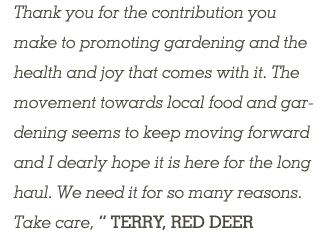

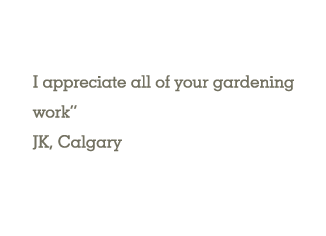

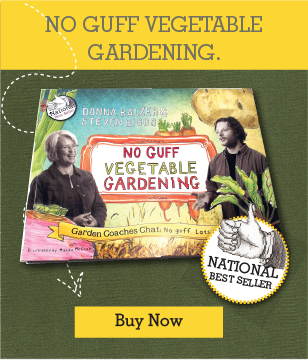
0 Comments